Soy sauce-glazed turkey. Despite protests from my siblings and me, that’s what my parents served for Thanksgiving. Not only was the North American bird unfamiliar to them when they arrived as immigrants, but they also found its size obscene, its flavor off-putting to the Chinese palate, and its perennial dryness incomprehensible. Giving it a good umami bath was their way of making it palatable.
It was served with steamed white rice. Always.
At the time, my parents’ earnest attempt to reconcile two very different cultures was lost on us kids who just wanted the supermarket turkey dinner that all of our friends had. But now, as an adult, I appreciate that my childhood Thanksgiving might have been the most American Thanksgiving of all, a melting pot of immigrant flavors and American traditions.
If Thanksgiving has a pretty standard script, Christmas, for those
who celebrate it in America, is a collection of ad-libs. Yuletide traditions differ wildly in the US, not just regionally, but by family. When asked by my Danish friends how Americans celebrate Christmas, I struggled for an answer, which was perplexing to them.
That’s because Scandinavians excel at Christmas. Not only do
they have the snowy, evergreen backdrop for it (and real reindeer!), but they’ve also preserved, to an astounding degree, longstanding tradition and lore. In Denmark, there’s a uniformity to observance and celebration.
In fact, while spending Christmas with my friend Mark Lundgaard Nielsen’s family in Denmark a couple of years ago, I marveled at how precisely the holiday unfolded not just within his household, but throughout the country. As we circled the Christmas tree singing a liturgy of carols, Mark’s younger, and very millennial, brother was Snapchatting with his schoolmates who were doing exactly the same thing with their families at exactly the same time.
The Nielsens live in a quiet town on the tangled coastline of southeastern Jutland, the Danish peninsula that juts out from the top of Germany (which you can see across the sound from their backyard). It’s an unlikely place for an American to find himself, especially for Christmas. But this
was an invitation I couldn’t resist.
Mark is the Michelin-starred chef of the celebrated restaurant Kong Hans Kælder, a Danish institution of fine dining located in the cellar of the oldest building in Copenhagen. I fell in love with the restaurant the first time I ate there in March of 2015, shortly after Mark became head chef. And my enthusiasm for his classical cooking and the romantic glow in that sunken space, framed by ancient stone arches, has compelled me to return almost 20 times since. Over the course of nearly as many visits to Copenhagen, Mark and I have become good friends. We have traveled around the world together, including multiple hunting trips, and visited his family on the quiet waters of the Flensborg Fjord.
When it comes to julefrokost, the traditional Danish “Christmas lunch,” the Nielsens don’t cut corners. They prepare every part of the elaborate, multi-wave feast from scratch. This year, Mark and his father, Torben, decided to cook alongside each other, each creating his own version of every dish. It was a dizzying amount of food.
There were herrings, both pickled and smoked; fried halibut; cured salmon; heaps of tiny fjord shrimp; and smoked eel. At least a dozen condiments including dill sauce, mayonnaise, lemons, pickles, mustards, piccalilli, fresh herbs, hard-boiled eggs, and even a sliced, fluffy egg custard royale. Of course, all of this was served with bread—both white bread and the dark, dense rye bread beloved by Danes, paved with copious amounts of butter.
And that was just the seafood.
Following, there was charcuterie: mounds of cured meats, sausages, and, my favorite, leverpostej. It’s a meaty liver pâté that’s baked and served warm, buried under a pile of crispy rashers of bacon.
Then there were the hot meat courses. Usually, there’s fowl. We had whole-roasted ducks. But the centerpiece was flæskesteg, a handsome log of pork loin sheathed in a thick, crispy coat of crackling. It was served with cabbage and two types of potatoes—both skinned and steamed—one glazed in burnt sugar, the other simply with brown gravy.
Throughout the meal, there was lots of schnapps—a high-octane brandy that Danes consume in frightening amounts—along with beer and wine. They say it helps with digestion.
I’m not sure all Danish families have cheese at julefrokost. But unsurprisingly, the Nielsens did. There were soft cheeses and semi-soft cheeses and aged ones too.
After nine hours of feasting, we finally arrived at the risalamande, which I would venture to guess is a borrowed and bastardized version of the French riz à l’amande, rice pudding with chopped, blanched almonds. Served chilled, the Danish version is marvelously fluffy, owing to a good amount of whipped cream that is folded in at the last minute, along with one whole blanched almond. Like the baby in king cake, whoever finds it gets a prize.
I was less interested in the porridge and the almonds and fixated on the bowl of warm, stewed cherries served on the side. Actually, there were two bowls. Torben used red cherries; Mark used black cherries.
This all-day feast on Christmas Eve was repeated on Christmas Day and again the day after that, with every dish served again, in the same order. Some families repeat it a fourth day. To an American who pinches the calendar for vacation time, the pace and length of this Danish holiday seemed irresponsible, reckless even.
But it didn’t take long for me to settle in and enjoy it. All the food and drink, I realized, distracted us from the handheld addictions of daily life and forced us into some good, old-fashioned family time. In between eating, there were breaks for gift-giving, board games, and napping, all under the watchful eyes of the dozens of nisse around the house. These mischievous elves made it onto Danish shelves long before American ones.
After dinner, we would end up around the tree in a stupor, mesmerized by the flicker of tapers among the boughs. Yes, live flames on a Christmas tree. Imagine that.
All of this was wonderful and magical, and for all the same reasons, so sadly foreign to me. Somewhere between that soy-sauced turkey and adulthood, my holidays had become rushed, prepackaged hurdles to clear before the next. And there, in a far-flung corner thousands of miles from my own, disarmed by too much food and time, I realized it didn’t have to be that way. Even if I couldn’t tell my Danish friends how Americans celebrate Christmas, I know how my family does. And what was missing was taking the time to enjoy it.
Photography by:
Bonjwing Lee
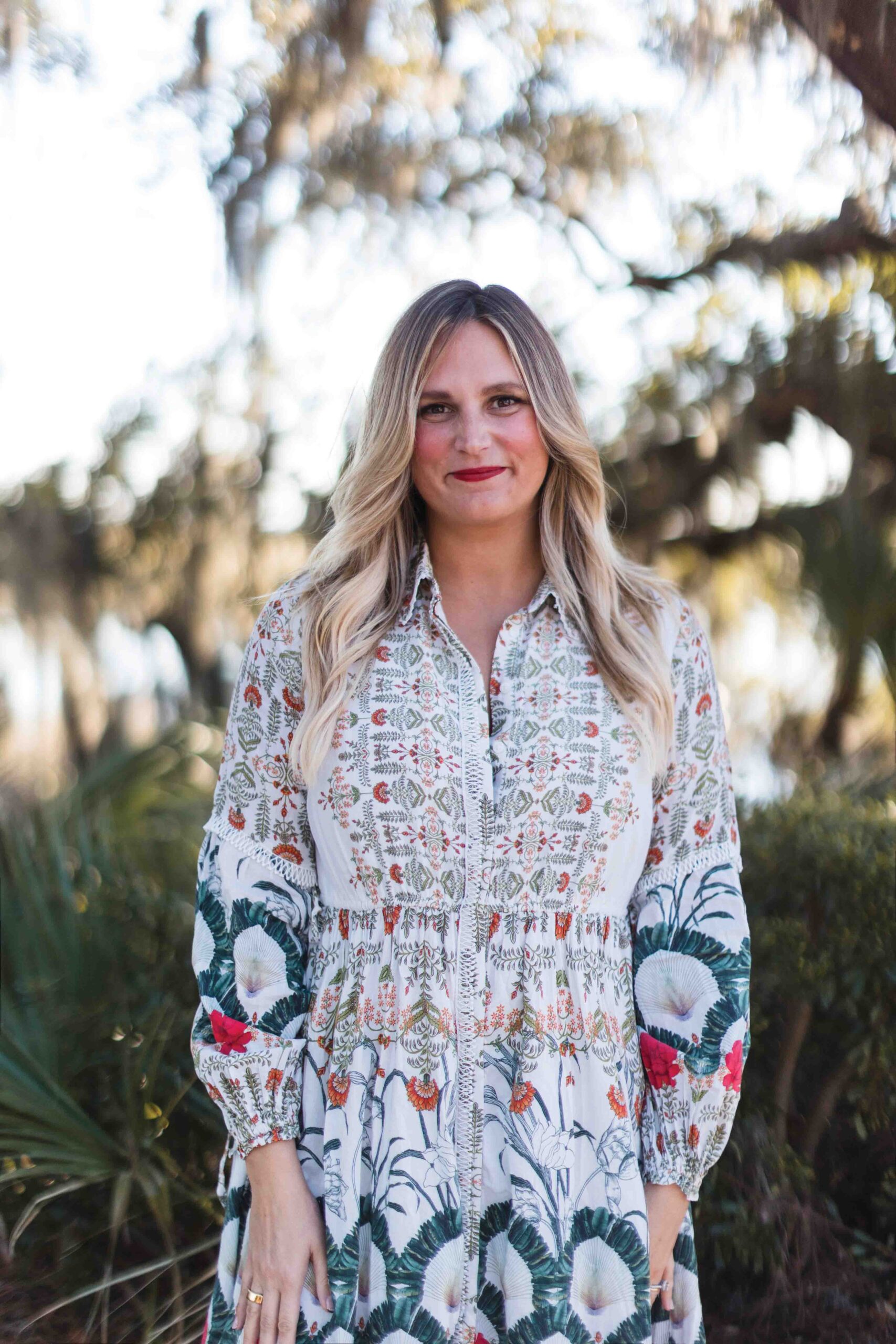
Marie McConnell Director of Member relations, Palmetto Bluff Club Where are you from and how did you get here? I am from Buffalo, New York—born and raised. Go Bills! My husband and I got married at Sea Pines in Hilton Head in 2012 and fell in love with the ...

Nestled amidst the tranquility of Palmetto Bluff, Longfield Stables stands as a beacon of serenity amid lush green pastures and the gentle presence of grazing horses. Its picturesque setting makes it a haven not only for the esteemed Palmetto Bluff Club Member...

The Conservancy is looking forward to another summer of fun with our upcoming kid's programs! Wild Child Camp and Junior Naturalist Camp will have dedicated weeks in June. Registration is $200 per child for the week. To participate, parents must fill out t...
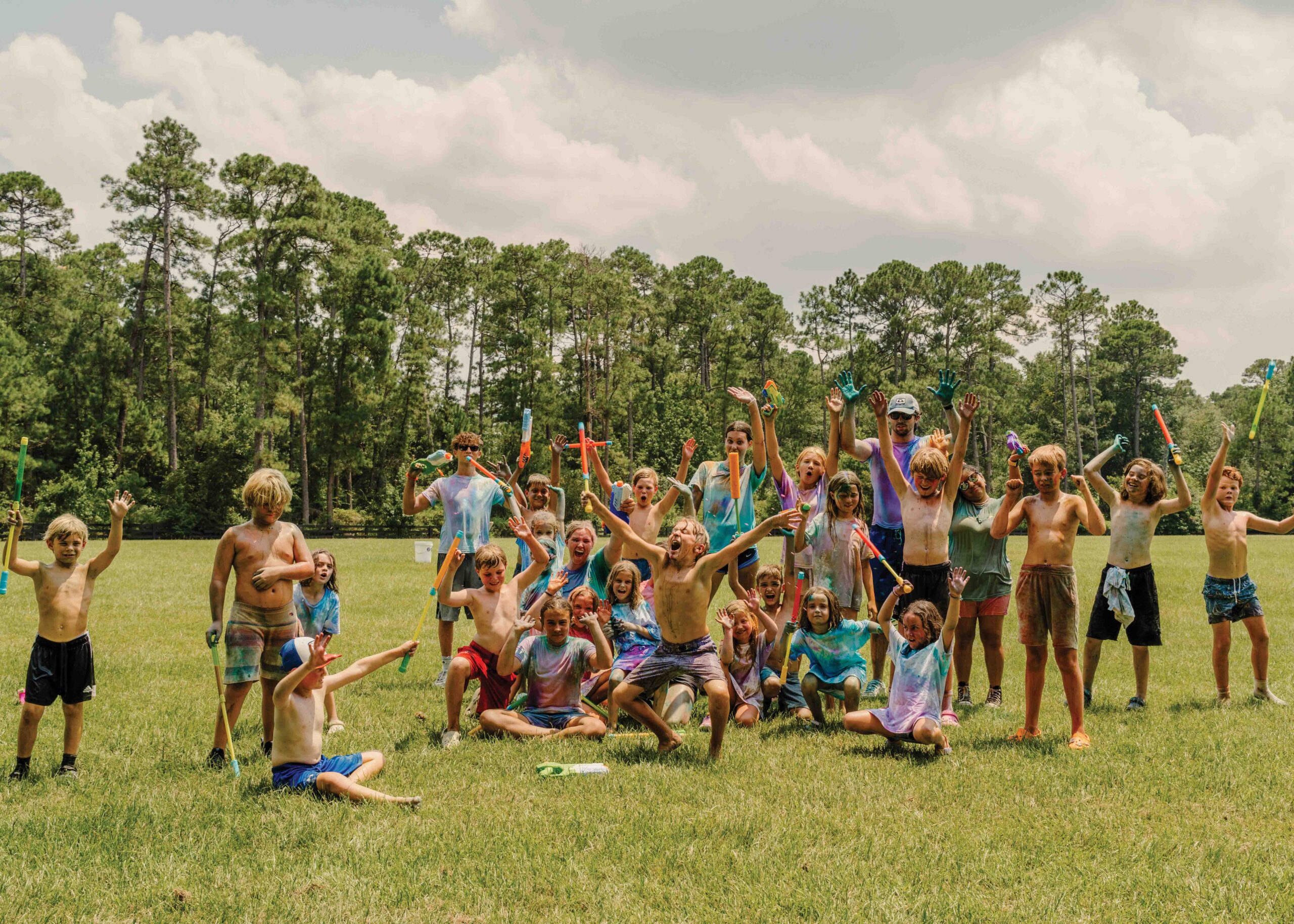
Photographs by Summer Pagatpatan Palmetto Bluff is a wilderness playground for families, a gateway to the outdoors, to living life close to nature. Palmetto Bluff Growing Outdoors, or PBGO, encompasses the ethos of this extraordinary place. CampGO is PBGO’...
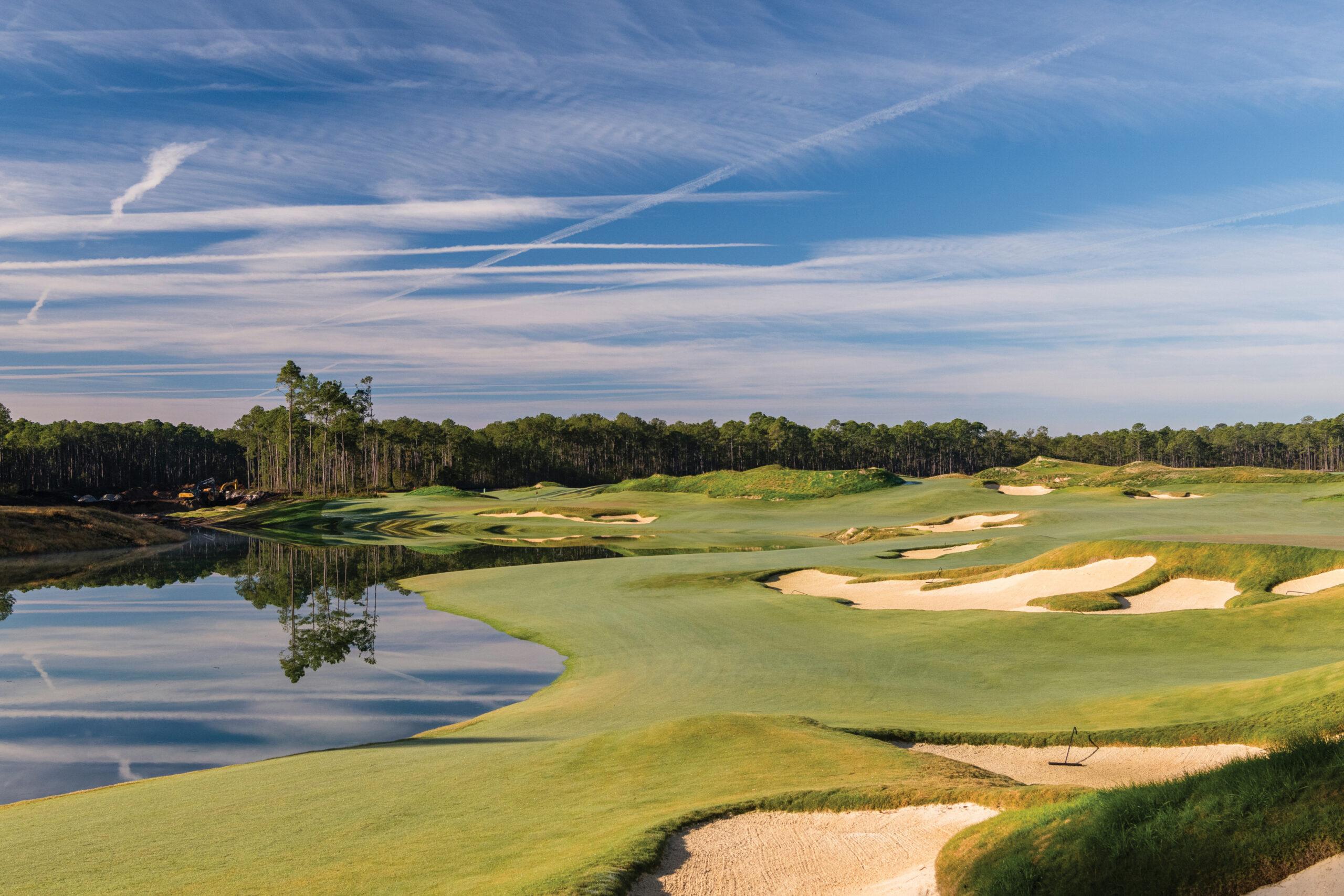
Discover the May River and Crossroads Golf Courses at Palmetto Bluff Positioned within the enchanting Lowcountry landscape, Palmetto Bluff boasts an array of world-class amenities, with its golf courses standing as a testament to the community's commitment to...
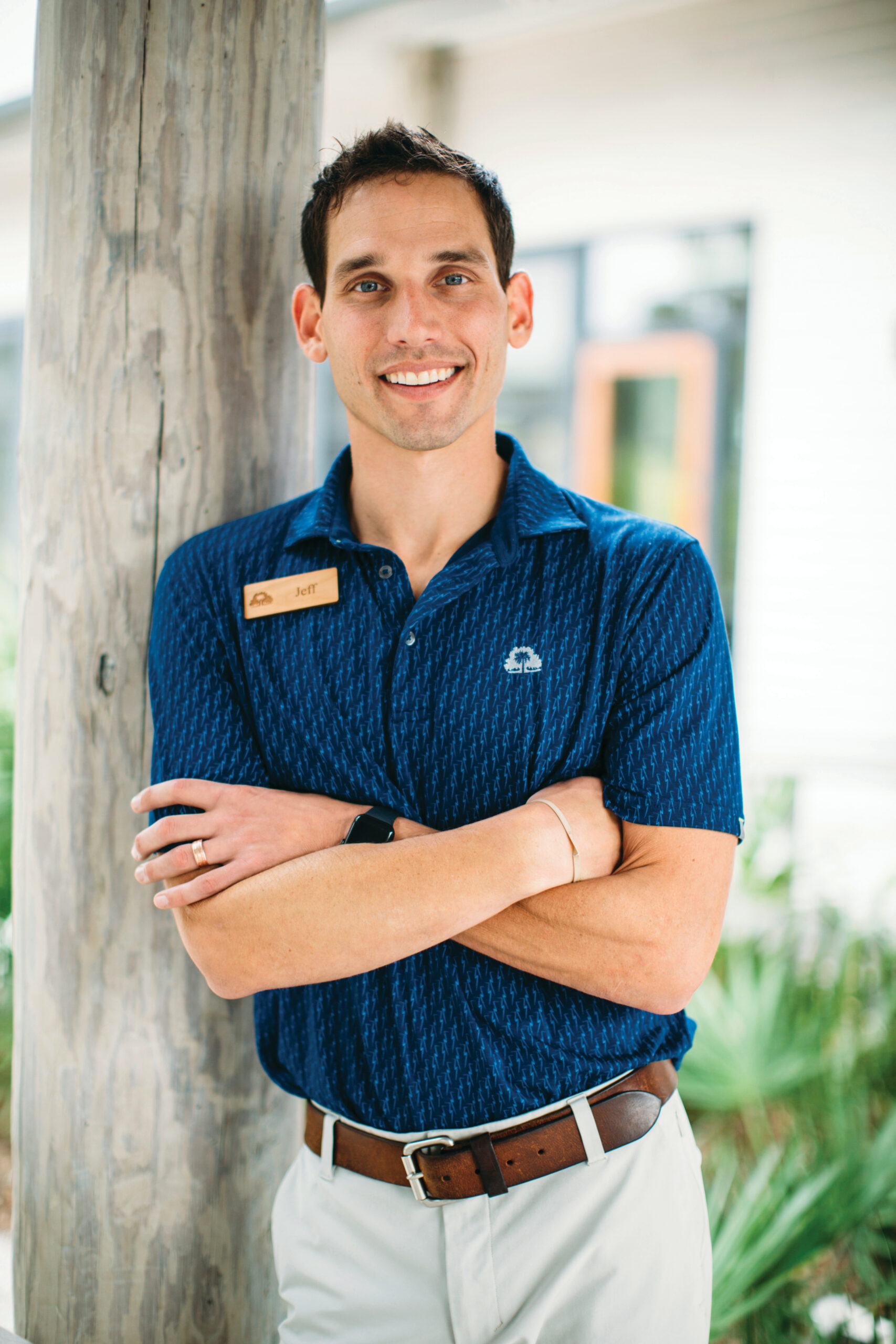
Jeff’s Journey to the Palmetto Bluff Fitness and Wellness Team Palmetto Bluff is located amidst the serene landscapes of the Lowcountry, a tranquil haven where wellness intertwines seamlessly with nature's splendor. Jeff Ford, the Palmetto Bluff Club's Direct...
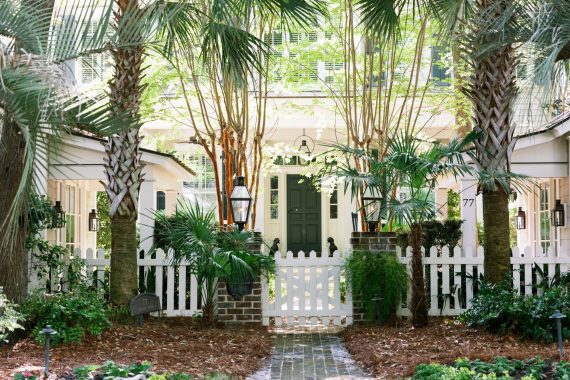
5 Benefits of Living in South Carolina Known for its charming small towns, pristine coastline, and natural beauty, the South Carolina Lowcountry is one of the most popular places to live. The Lowcountry is a unique and desirable place to live, offering an arr...
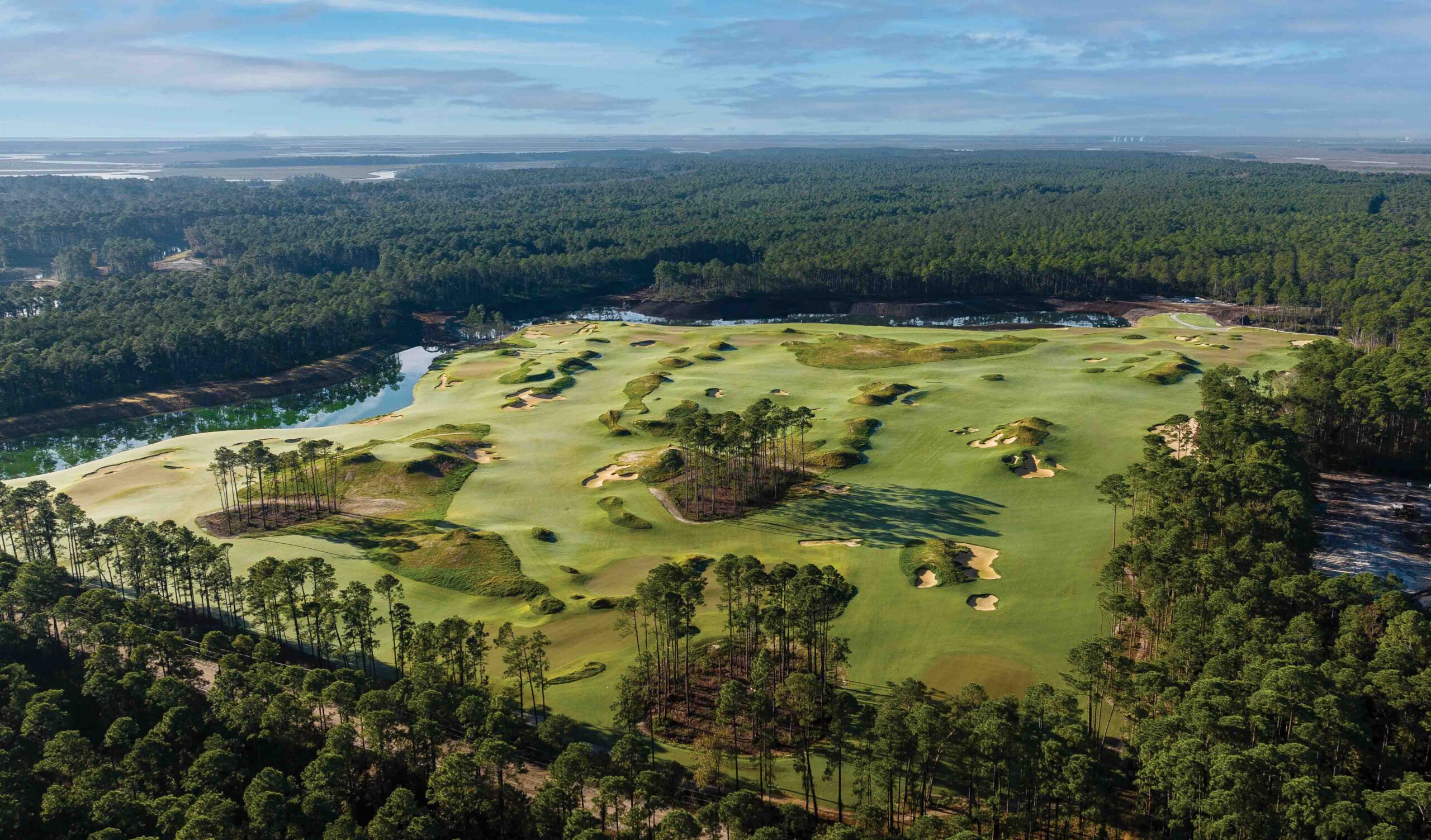
Photographs by Patrick O’Brien Words by Rob Collins Designer Rob Collins of King-Collins offers a first look at Crossroads, Palmetto Bluff’s new nine-hole reversible golf course. It is a feat of design. One routing, The Hammer, is a whirlwind of angles and u...

Story by Katie Epps Photographs by Joel Caldwell Beneath Palmetto Bluff’s sprawling oaks lie twelve cemeteries that serve as the final resting places for hundreds of people and nine dogs. Five of these cemeteries were started as burial grounds for enslaved...

Putting Down Strong Roots The Grove seamlessly combines curated style with courtyard living, welcoming the lush beauty of the Lowcountry at every doorstep. With twelve homesites meticulously designed to maximize outdoor living, Palmetto Bluff Builders offer...

Learn about the Palmetto Bluff Conservancy and how we keep the vision of our land in place.
On land or water, there is an ever-evolving variety of activities.
We do not attempt to independently verify the currency, completeness, accuracy or authenticity of the data contained herein. All area measurements and calculations are approximate and should be independently verified. Data may be subject to transcription and transmission errors. Accordingly, the data is provided on an “as is” “as available” basis only and may not reflect all real estate activity in the market”. © [2023] REsides, Inc. All rights reserved. Certain information contained herein is derived from information, which is the licensed property of, and copyrighted by, REsides, Inc.